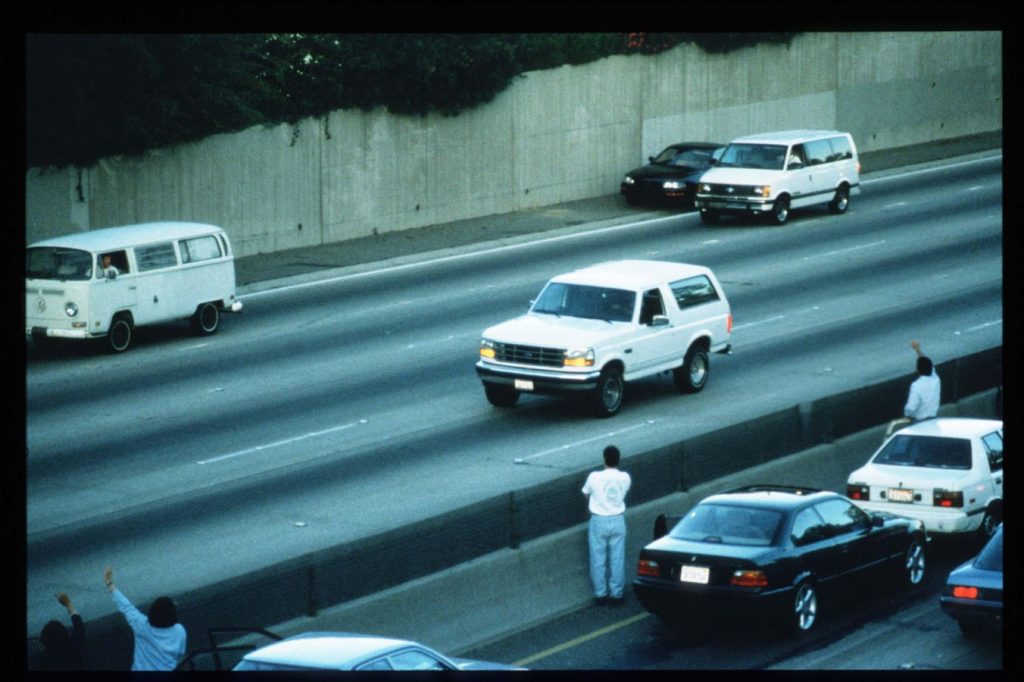O.J. Simpson’s recent passing at 76 years old has resurfaced memories for many people. Prior to his infamous trial, Simpson was a revered Hall of Fame football player in the NFL, a successful sportscaster, a prominent advertising figure for companies like Hertz, and had roles in various TV shows and films. However, his notoriety reached its peak when he was accused of the double murder of his ex-wife and another individual.
The Simpson trial became a significant television spectacle that captivated audiences across the country. After being charged with murder, Simpson famously evaded police in a slow-speed car chase on live television, with former NFL teammate Al Cowlings at the wheel. This event drew in an estimated 95 million viewers, surpassing typical viewership of evening newscasts on major networks at the time.
The subsequent trial, which began in January 1995, gripped the nation as it was televised daily with cameras allowed in the courtroom. The defense team, including high-profile lawyers like Robert Kardashian and Johnny Cochrane, became household names. The trial also brought attention to other participants such as witness Brian (Kato) Kaetlin, LAPD detective Mark Fuhrman, and prosecutor Marcia Clark, who all received temporary fame from their involvement.
The extensive coverage of the trial had a significant impact on cable news networks like CNN and Court TV, boosting their ratings and further establishing the appeal of live courtroom drama on television. This surge in viewership for cable news networks came at the expense of broadcast networks’ evening newscasts, demonstrating the widespread interest in the Simpson trial and its proceedings.
In the aftermath of the trial, the media landscape underwent changes with the rise of cable news channels and the increasing popularity of true crime content in podcasts and television shows. The Simpson trial also inspired various television projects, including the critically acclaimed miniseries “People vs. O.J. Simpson: An American Crime Story” and ESPN documentaries that delved into Simpson’s life, the murder case, and its racial implications.
The Simpson trial remains a pivotal moment in media history, showcasing the power of live television events in capturing national attention. Its influence on programming genres and the ongoing fascination with true crime content highlight the lasting impact of this high-profile case. Despite the evolution of media consumption with the advent of digital platforms, the collective nature of the Simpson trial as a media event is unlikely to be replicated in today’s fragmented media landscape.













